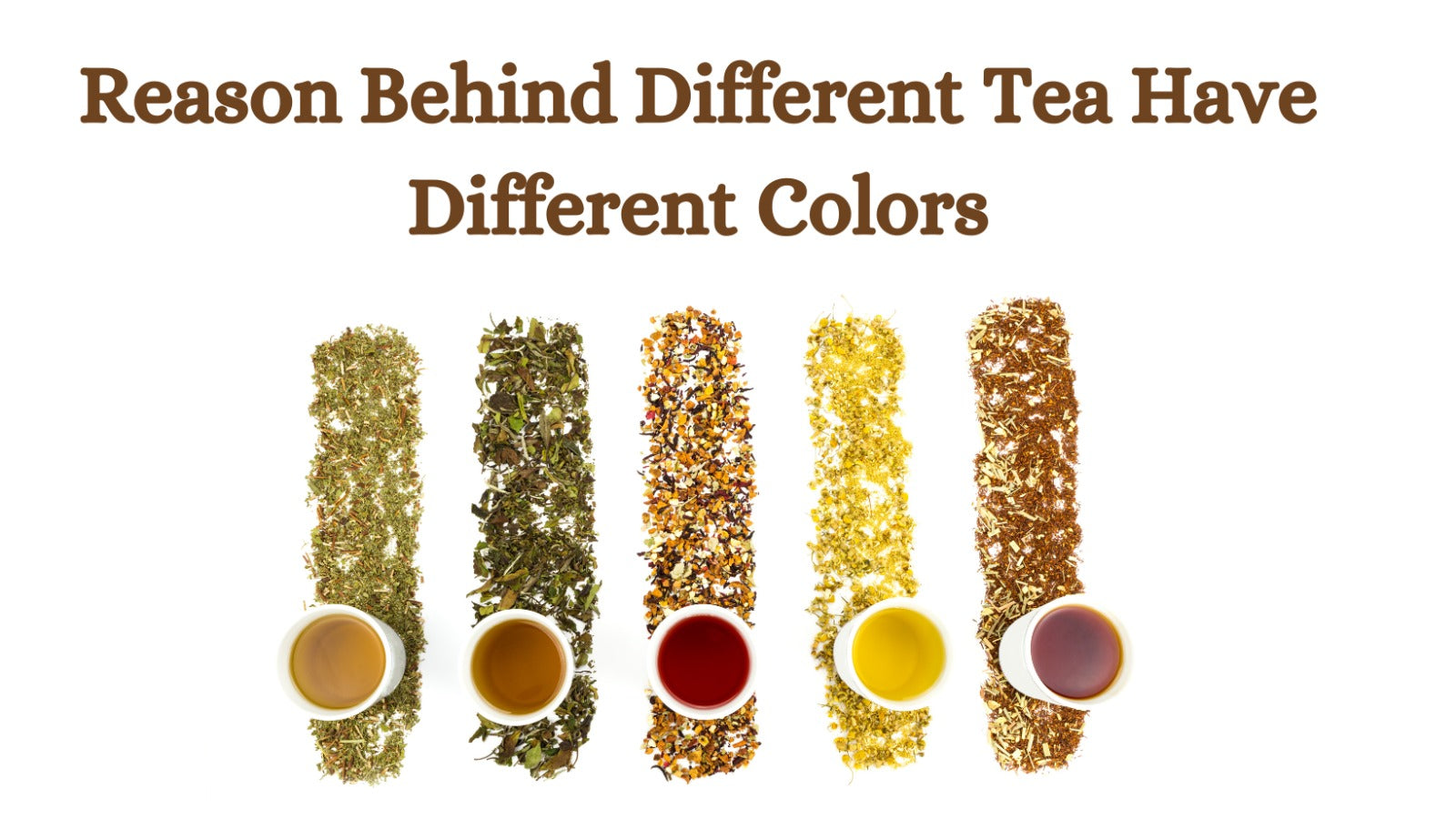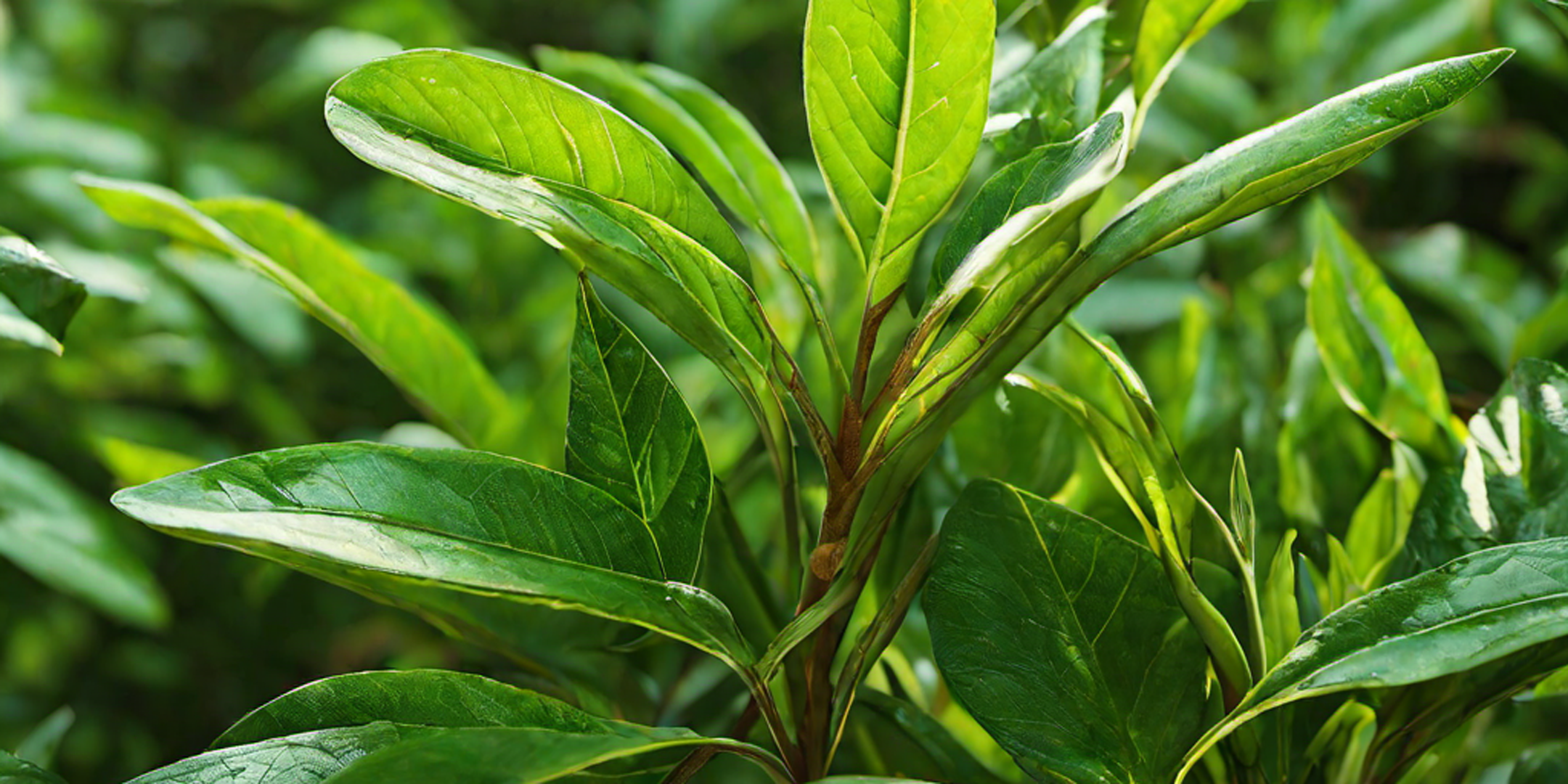Are you an enthusiast of the rich tapestry of Indian tea, eager to embark on a journey through its diverse and captivating flavors? Look no further! In this article, we will take you on a journey through the exquisite tea regions of India that every tea enthusiast should know about.
India, famed as the tea country, hosts a range of tea-growing areas, each with distinct flavors and traits. From the renowned Assam tea, celebrated for its robust and malty flavor, to the delicate Darjeeling tea, famed for its floral aroma, these regions promise a rich tapestry of taste experiences..
Discover the picturesque plantations nestled in the mist-covered hills of Darjeeling, where the tea leaves are carefully handpicked to bring out the finest flavors. Or explore the vast tea estates of Assam, where the tropical climate and fertile soil contribute to the bold and robust flavors of the tea.
Whether you are looking for a morning cup of rejuvenation or a soothing evening blend, Indian tea regions have something to offer everyone. So sit back, grab your favorite teacup, and join us on this enchanting journey through the incredible world of Indian tea.
Assam - The land of strong and malty teas
Assam, located in northeastern India, is one of the most famous tea-growing regions in the world. The region's unique climate and soil conditions contribute to the distinctive flavor profile of Assam teas. The tea produced here is known for its strong, robust, and malty characteristics, making it a favorite among tea enthusiasts.
The tea gardens of Assam are spread across vast areas and are known for their picturesque landscapes. The region experiences high rainfall, which helps in the growth of the tea plants. The Brahmaputra River, flowing through the region, also plays a significant role in contributing to the flavor of Assam teas.
The black teas from Assam are particularly popular and are often used as a base for breakfast teas and chai blends. The strong and bold flavors of Assam teas make them an excellent choice for those who enjoy a robust cup of tea. So if you are a fan of strong, malty teas, Assam should be on your list.
Darjeeling - The Champagne of teas
Darjeeling, nestled in the Himalayan foothills, is often called the "Champagne of teas." It's famous for producing some of the best teas globally. The cool climate, high altitude, and unique soil conditions of Darjeeling create the perfect environment for growing delicate and flavorful teas.
Darjeeling teas are known for their distinct floral aroma and muscatel flavor. The tea gardens in Darjeeling are located at altitudes ranging from 2,000 to 7,000 feet, and the teas produced here are often referred to as "high-grown" teas. The higher altitude and cooler temperatures slow down the growth of the tea plants, resulting in a more refined and complex flavor profile.
The tea estates in Darjeeling are meticulously maintained, and the tea leaves are handpicked to ensure only the finest leaves are used. The first flush teas, harvested in the spring, are particularly prized for their delicate and floral characteristics. So if you are a fan of elegant and aromatic teas, Darjeeling is a must-visit destination for you.
Nilgiri - The serene landscapes of the South.
Located in the southern part of India, the Nilgiri region is known for its fragrant and floral teas. The tea gardens here are situated in the picturesque Nilgiri Hills, which translates to "Blue Mountains" in English. The cool climate and misty conditions of the region contribute to the unique flavor and aroma of Nilgiri teas.
Nilgiri teas are known for their bright liquor, brisk flavor, and floral undertones. The region is famous for producing both black and green teas, with black teas being more popular. The teas from Nilgiri are often used in blends, adding a refreshing and floral note to the overall flavor profile.
The tea gardens in Nilgiri are spread across various elevations, ranging from 3,000 to 8,000 feet. The teas produced at higher elevations are considered to be of superior quality due to the slower growth of the tea plants. So if you are looking for teas with a fragrant and floral character, Nilgiri is the place to explore.
Kangra - The hidden gem of Indian tea
Tucked away in the foothills of the Dhauladhar Range in Himachal Pradesh, Kangra is a hidden gem when it comes to Indian tea regions. The region has a rich tea-growing heritage, dating back to the mid-19th century. Kangra teas are known for their unique flavor profile, which combines the characteristics of Darjeeling and Assam teas.
The tea gardens in Kangra benefit from the region's cool climate and fertile soil, resulting in teas with a delicate yet bold flavor. The tea leaves undergo meticulous handpicking and processing to ensure the preservation of their natural flavors and aroma. The teas from Kangra are often described as having a muscatel flavor with hints of floral and fruity notes.
Kangra teas are gaining popularity among tea connoisseurs for their unique and complex flavor profile. The region's teas are often limited in production, making them highly sought after by tea enthusiasts. So if you are looking to explore something off the beaten path, Kangra is a tea region worth discovering.
Sikkim - Organic and sustainable teas from the Himalayas
Sikkim, a small state located in the eastern Himalayas, is known for its organic and sustainable tea production. The region is committed to producing teas without the use of synthetic fertilizers and pesticides, making Sikkim teas a popular choice among health-conscious tea lovers.
The tea gardens in Sikkim are situated at high altitudes, ranging from 3,000 to 6,000 feet. The cool climate, abundant rainfall, and fertile soil create the perfect conditions for growing high-quality teas. Teas hailing from Sikkim are celebrated for their intricate and nuanced flavors, featuring hints of floral, fruity, and earthy undertones.
Sikkim teas are often handcrafted using traditional methods, ensuring that every cup is a true reflection of the region's commitment to quality and sustainability. The teas are also certified organic, making them a great choice for those who prioritize environmental and health-conscious practices. So if you are looking for teas that are both delicious and eco-friendly, Sikkim is the place to explore.
Munnar - Aromatic teas from the Western Ghats
Situated in the Western Ghats of Kerala, Munnar is known for its aromatic teas that captivate the senses. The region's high altitude, cool climate, and misty conditions contribute to the distinct flavor and aroma of Munnar teas. The tea gardens in Munnar are nestled amidst lush greenery, creating a serene and picturesque environment.
Munnar teas are known for their bright liquor, refreshing taste, and floral fragrance. TThe tea leaves undergo meticulous hand picking and processing to preserve their natural flavors and aroma. The teas from Munnar are often used in blends, adding a unique and aromatic character to the final cup.
The tea estates in Munnar also offer breathtaking views of the surrounding hills and valleys, making it a popular destination for tea enthusiasts and nature lovers alike. So if you are looking for teas that will awaken your senses and transport you to a world of aroma and flavor, Munnar should be on your tea exploration list.
Other notable Indian tea regions
Apart from the well-known tea regions mentioned above, India is home to several other notable tea-growing regions. Each of these regions has its unique characteristics and flavors, offering a diverse range of options for tea lovers.
The Dooars region, located in West Bengal and Assam, is known for its scenic beauty and robust teas. The teas from this region are often used in blends and are favored for their bold and full-bodied flavors.
The Terai region, situated at the foothills of the Himalayas, produces teas with a distinct muscatel flavor. The tea gardens in this region benefit from the rich soil and cool climate, resulting in teas with a unique and complex taste.
The Cachar region, located in southern Assam, is known for its strong and bold teas. The region experiences high rainfall, which contributes to the rich and malty flavors of the teas produced here.
The Wayanad region in Kerala produces teas with a unique flavor profile, combining the characteristics of both Nilgiri and Munnar teas. The tea gardens in Wayanad are situated at varying elevations, resulting in teas with a wide range of flavors and aromas.
These are just a few examples of the many other tea regions in India that are worth exploring. Each region has its story to tell and its flavors to offer, making the journey of tea exploration an exciting and enriching experience.
How to choose and brew Indian teas
When it comes to choosing and brewing Indian teas, there are a few factors to consider to ensure the best possible experience. Here are some tips to help you make the most of your Indian tea selection:
- Quality: Look for teas that are sourced from reputable tea estates and are known for their quality. Check for certifications such as Organic, Fair Trade, or Rainforest Alliance, if that aligns with your preferences.
- Flavor Profiles: Consider the flavor profiles that appeal to your taste buds. Whether you enjoy bold and robust teas or delicate and floral ones, Indian tea regions offer a wide range of flavors to choose from. Read the descriptions and reviews to get an idea of the taste.
- Brewing Methods: Different teas require different brewing methods to bring out their best flavors. Follow the recommended brewing instructions provided by the tea supplier or experiment with different steeping times and water temperatures to find your preferred brewing method.
- Pairing: Indian teas can be enjoyed on their own or paired with various food items. Experiment with different food pairings to enhance the flavors of your tea. For example, Assam teas go well with hearty breakfast foods, while Darjeeling teas are often enjoyed with scones or pastries.
Remember, the joy of tea lies in the exploration and discovery of new flavors and experiences. So don't be afraid to try different teas and brewing methods until you find your perfect cup of Indian tea.
Conclusion: Exploring the diverse flavors of Indian tea
Indian tea regions offer a treasure trove of flavors and experiences for tea enthusiasts. From the strong and malty teas of Assam to the delicate and floral teas of Darjeeling, each region has its unique charm and character. Whether you prefer a bold cup of morning tea or a soothing blend for the evening, Indian tea regions have something to offer everyone.
So embark on a journey through the enchanting tea gardens of India, and let the flavors and aromas of Indian teas transport you to a world of sensory delight. Whether you choose to explore the mist-covered hills of Darjeeling or the hidden gem of Kangra, each cup of Indian tea will be a celebration of the rich tea heritage of this incredible country.




